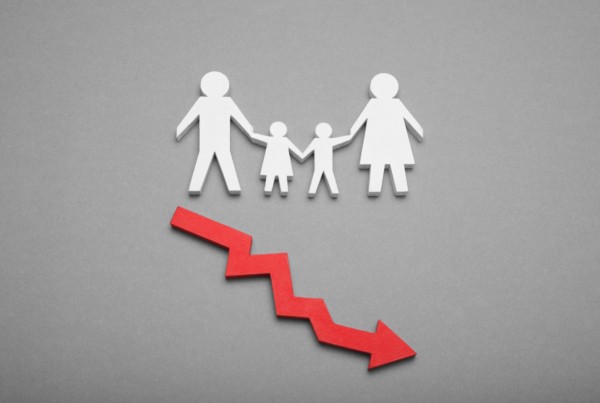Recurrent pregnancy loss (RPL), defined as two or more consecutive miscarriages, can be a devastating and isolating experience. While most pregnancies end successfully, RPL affects a small percentage of hopeful parents. Traditionally, the focus for miscarriage causes has often been on the female partner. However, recent research sheds light on the potential role of male factors in RPL.
Studies show that roughly 15-25 percent of pregnancies end in miscarriage. While most couples go on to have healthy pregnancies, 1-2 percent of couples experience more than two consecutive losses. If you’re one of these couples facing RPL, understanding the reasons behind it becomes crucial.
RPL: Is it a male issue?
Female factors, such as hormonal imbalances, uterine abnormalities, and chromosomal issues have long been recognized as a cause of miscarriage. But, more recently, researchers have been looking into the role of the male partner’s health in RPL. Existing research suggests that anomalies in sperm chromosome structure and number, sperm DNA fragmentation, age, and sperm quantity and quality are all linked to RPL:
- Sperm DNA Fragmentation: Sperm carries the genetic material (DNA) necessary for embryo development. Damage to this DNA can hinder embryo development and increase the risk of miscarriage. Studies have shown a link between increased sperm DNA fragmentation and RPL. Fragmented DNA may not be able to properly replicate during cell division, leading to abnormal embryos with a lower chance of implantation or healthy development.
- Male Chromosomal Abnormalities: Chromosomes are the structures within cells that carry genetic information. Abnormalities in the father’s sperm chromosomes can lead to problems with embryo development. These abnormalities may prevent a viable pregnancy from establishing or may result in a miscarriage.
Dealing with RPL
If you’ve experienced two or more pregnancy losses, a thorough evaluation by a fertility specialist is a must. A specialist will perform tests to identify potential causes in both partners:
Female evaluation: This is typically the first step and may involve checking for hormonal imbalances, uterine fibroids, or other female-related factors.
Male evaluation: If your partner’s evaluation comes back normal or miscarriages continue after treatment, your doctor may recommend a sperm analysis and possibly a karyotype test. This test checks for chromosomal abnormalities.
Depending on your results, your doctor will go over the treatment options available to you. This can range from lifestyle changes, like reducing smoking and alcohol consumption, and taking supplements to improve sperm quality and reduce sperm DNA fragmentation. If the cause of RPL is genetic abnormalities, your doctor may recommend in vitro fertilization (IVF) with preimplantation genetic testing (PGT) to select healthy embryos for transfer, increasing the chance of a successful pregnancy.
Beyond the medical aspect, you and your partner may also benefit from individual or couple’s counseling. Navigating the emotional toll of RPL can be difficult, especially if you have different coping mechanisms. Support groups can also be a valuable resource, connecting you with others experiencing the same.
A way forward
Recurrent pregnancy loss is a devastating experience, but advancements in research have made it possible for many couples to build the family they always wanted. If you’re also going through RPL seek help from a fertility specialist. They can guide you through the evaluation process, explore potential causes from both partners, and recommend personalized treatment options to improve your chances of a successful pregnancy.
Would you like to learn more about your sperm health? The YO Home Sperm Test kit reports your motile sperm concentration, a YO score quality ranking, and records a video which you can share with your healthcare provider.







